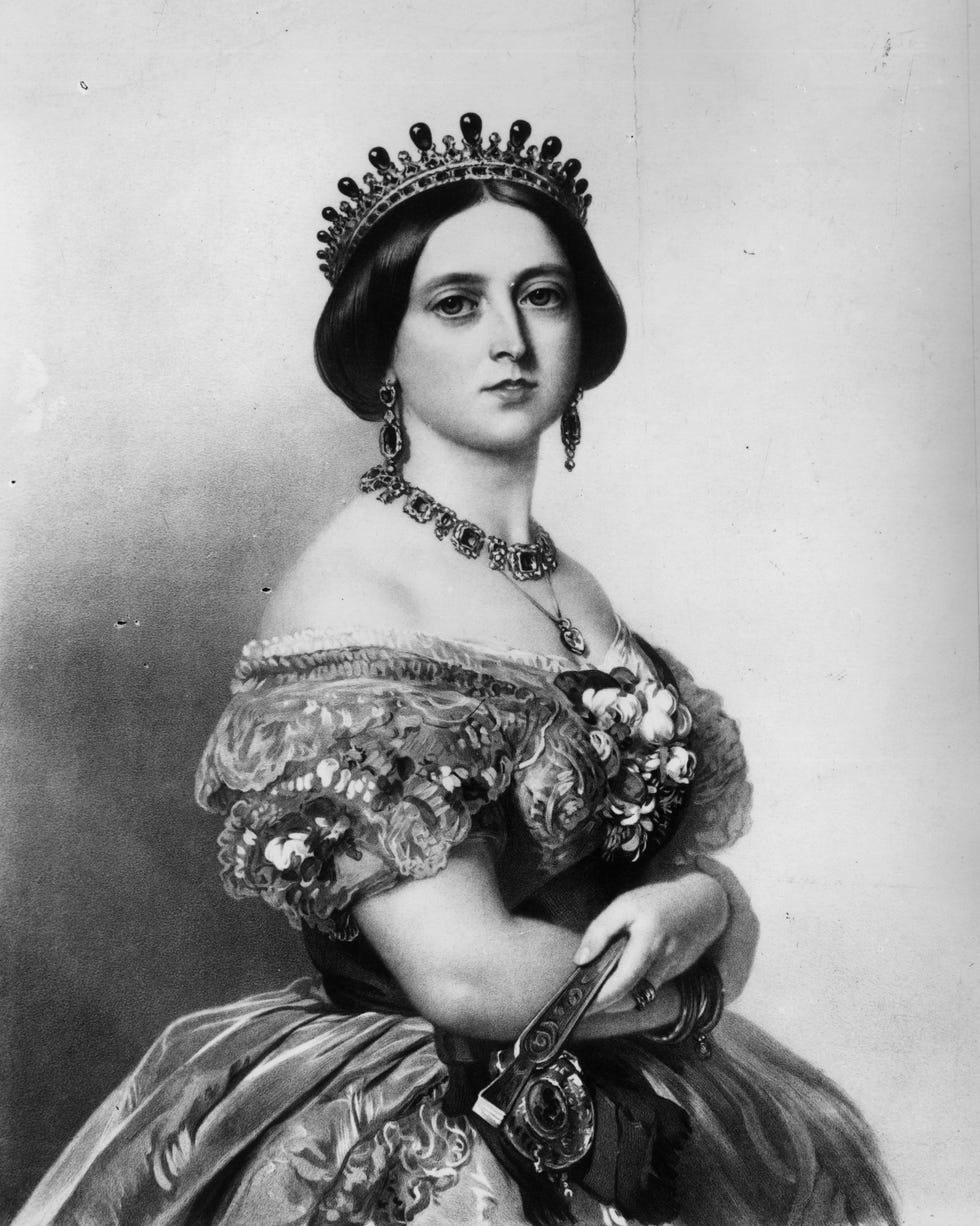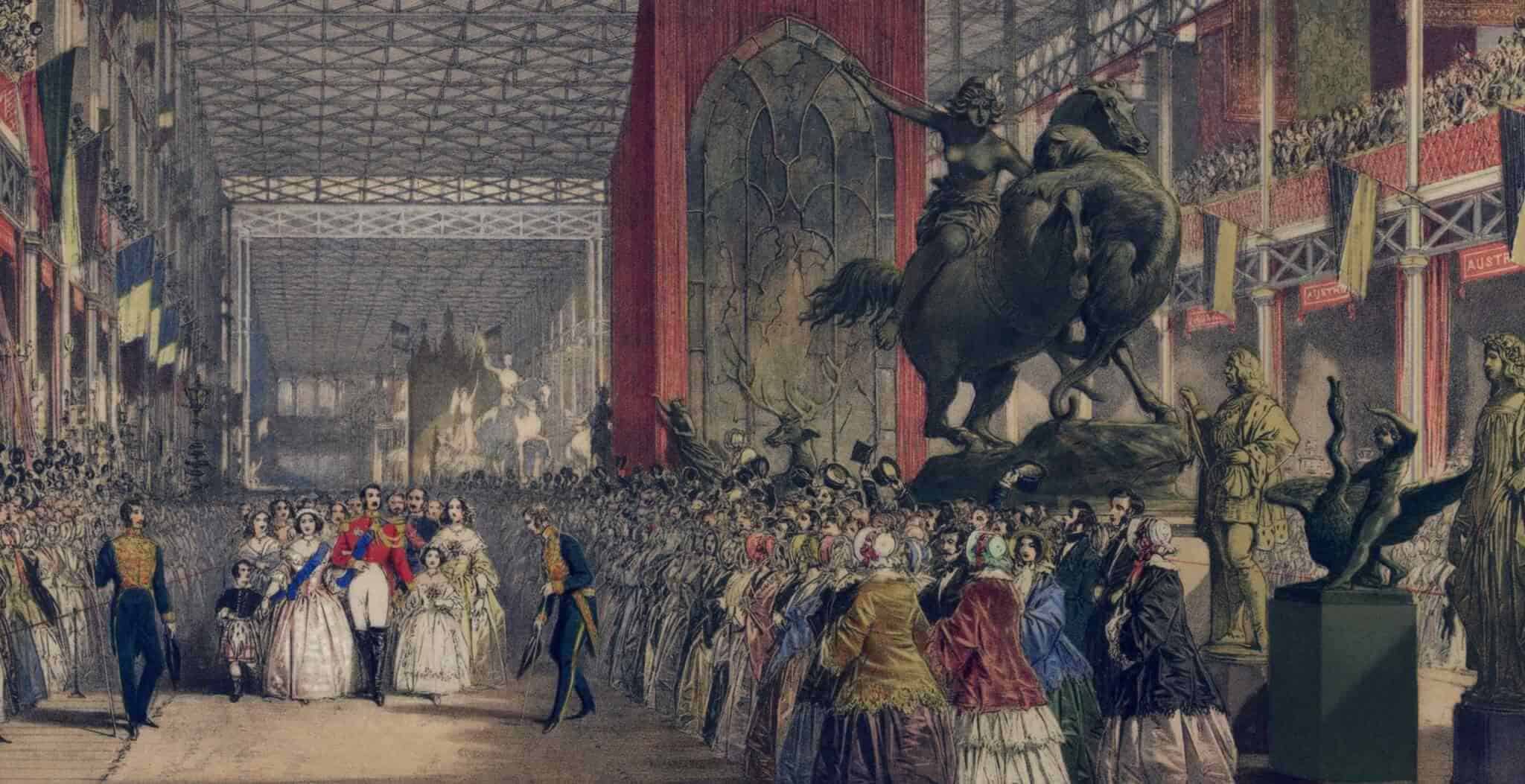Date: January 22nd, 2024 (posted on January 18th)
Throughout this blog, battles, prime ministers, monarchs, conferences, foreign ministers, prime ministers, and key events have all been covered. Events have spanned across eras of time, beginning in the early 1700s and moving onward, and have covered various countries and territories. Yet despite all that has been covered, a fascinating era in Great Britain remains to be spoken about. The Era of the First British Monarch to Live in Buckingham Palace. The Era of Queen Victoria. This leads me to….
On this day 123 years ago, Queen Victoria passed away, marking the end of the Victorian Era.
Alexandrina Victoria, known as Queen Victoria, ruled Great Britain from 1837 to 1901 and is known to be one of the most influential monarchs. Ascending to the throne at the age of 18, she ruled over a period known now as the Victorian era, a time marked by significant economic and technological changes. Her reign saw the expansion of the British Empire to its greatest prosperity and witnessed the Industrial Revolution, a revolution which transformed Britain into an industrial powerhouse.
time marked by significant economic and technological changes. Her reign saw the expansion of the British Empire to its greatest prosperity and witnessed the Industrial Revolution, a revolution which transformed Britain into an industrial powerhouse.
Throughout her rule, British Prime Minister Lord Melbourne was her trusted advisor and confidante and with his aid, Victoria quickly won back the public’s approval of the monarchy and it’s status as she worked to modernize the empire, “supporting the arts and charities and championing industrial advancements” who were available to all classes (“Queen Victoria”). Her ability to win back public approval for the monarchy during her reign was closely tied to her efforts in modernizing the empire and promoting inclusivity. Recognizing the changing societal dynamics of the time, Queen Victoria strategically positioned the monarchy as a progressive force. Her patronage of the arts contributed to the flourishing of literature, music, and fine arts, fostering a vibrant cultural scene that resonated with the public across different social classes.
Beyond that, Queen Victoria played a crucial role in fostering the Industrial Revolution. Her reign witnessed remarkable advancements in technology, transportation, and industry. The development of the railway network, the growth of factories, and the emergence of new technologies propelled Britain into an era of rapid industrialization. Allowing industrial advancements to be accessible to all classes was another key aspect of Queen Victoria’s modernization efforts. The Industrial Revolution brought about significant changes, and she recognized the importance of ensuring that the benefits extended to all classes of society. Much of her support aimed at making progress inclusive, creating opportunities for economic growth and social mobility.
of factories, and the emergence of new technologies propelled Britain into an era of rapid industrialization. Allowing industrial advancements to be accessible to all classes was another key aspect of Queen Victoria’s modernization efforts. The Industrial Revolution brought about significant changes, and she recognized the importance of ensuring that the benefits extended to all classes of society. Much of her support aimed at making progress inclusive, creating opportunities for economic growth and social mobility.
Countless sources remark that during Queen Victoria’s reign, the British Empire was at its largest and most powerful. Her empire “included India, Australia, Canada, New Zealand and South Africa” and “accounted for roughly one in four people on Earth” (“Queen Victoria”). She remains the second-longest-reigning English royal in history, beaten only be her great-great-granddaughter Queen Elizabeth II. Queen Victoria’s steadfast rule and commitment to public service left an indelible mark on the British monarchy and shaped the trajectory of the 19th century.
Source:
“Queen Victoria – Children, Family Tree & Facts.” History.Com, A&E Television Networks, 9 Nov. 2022, www.history.com/topics/european-history/queen-victoria.

Leave a Reply